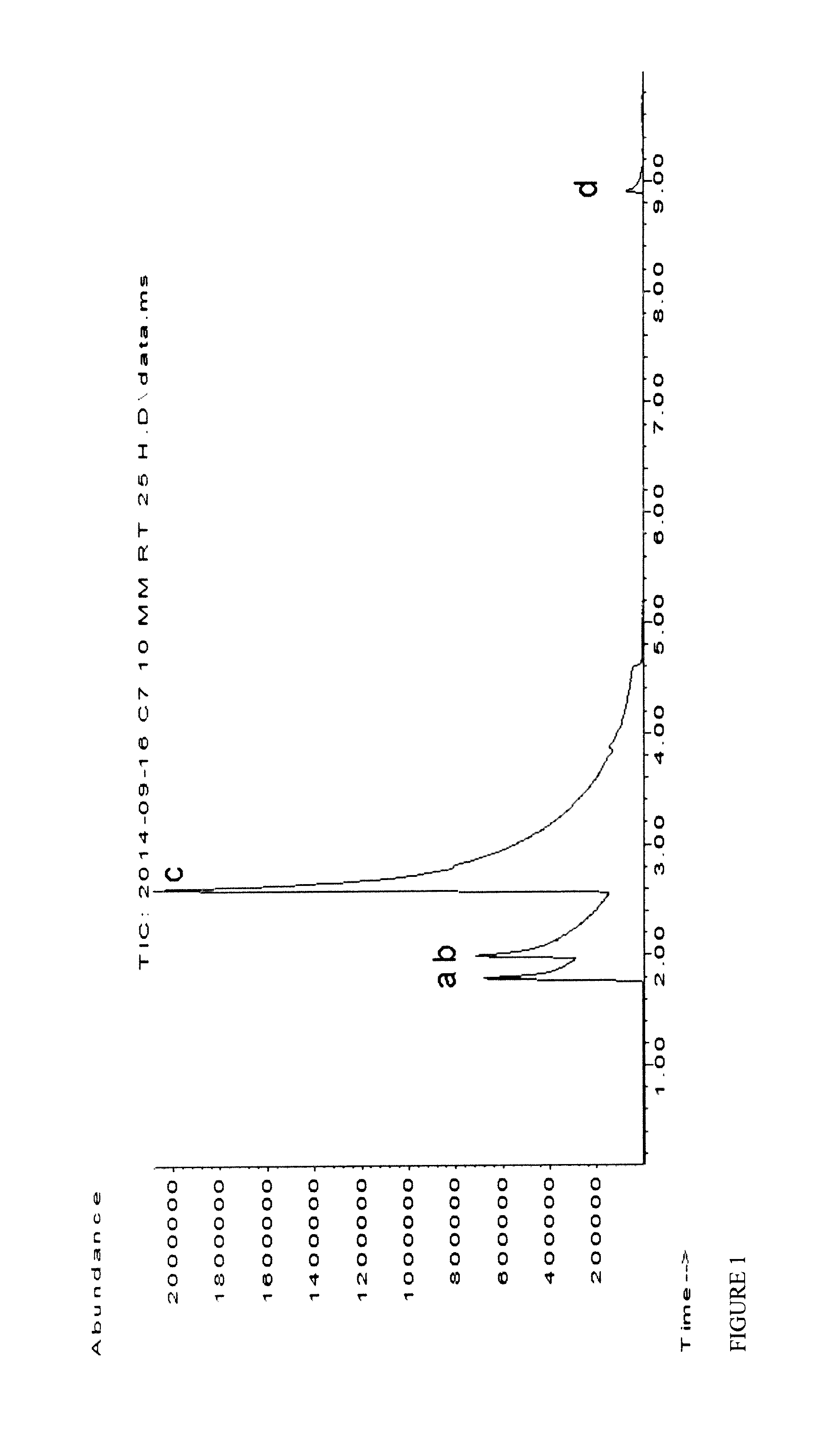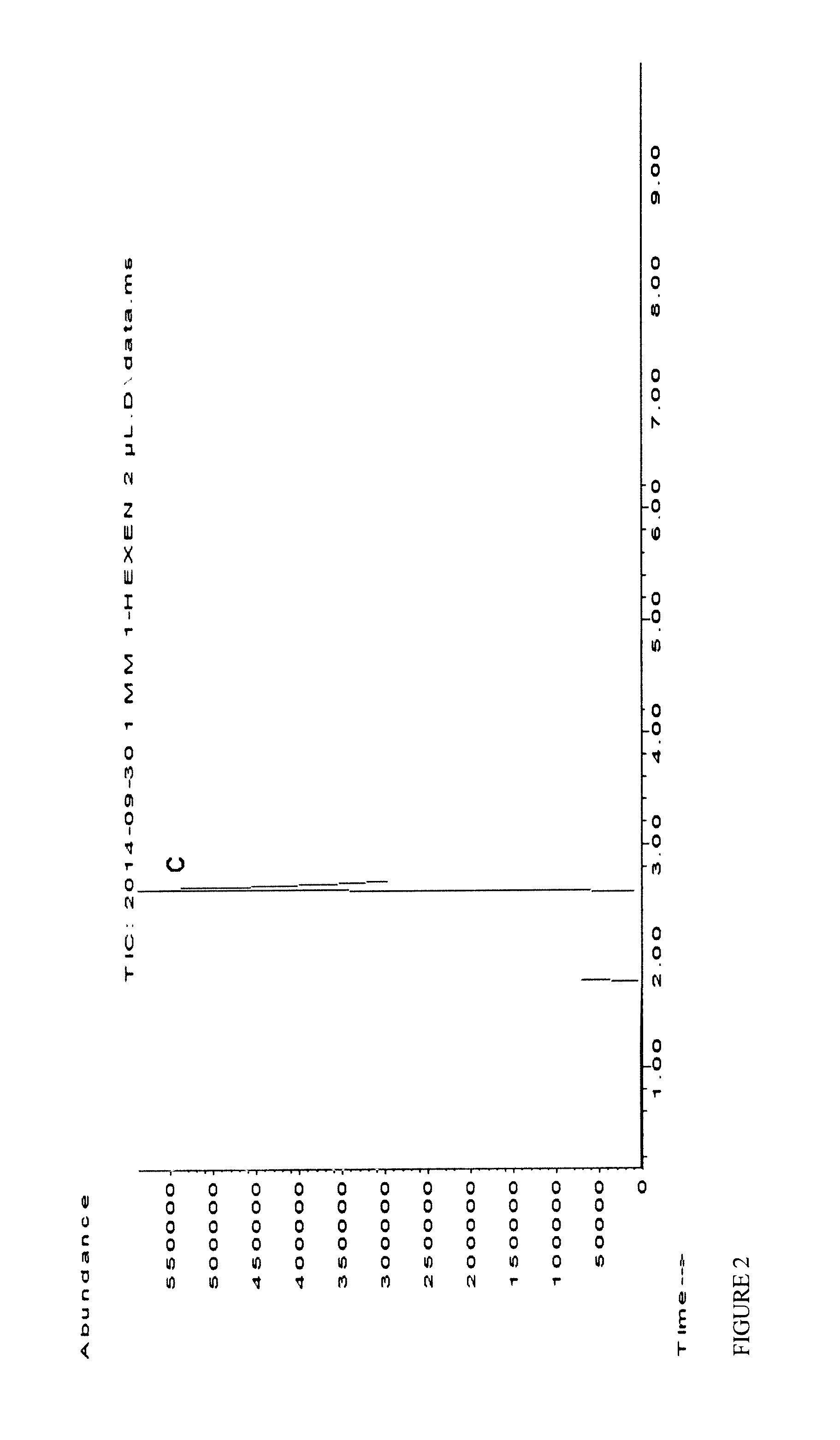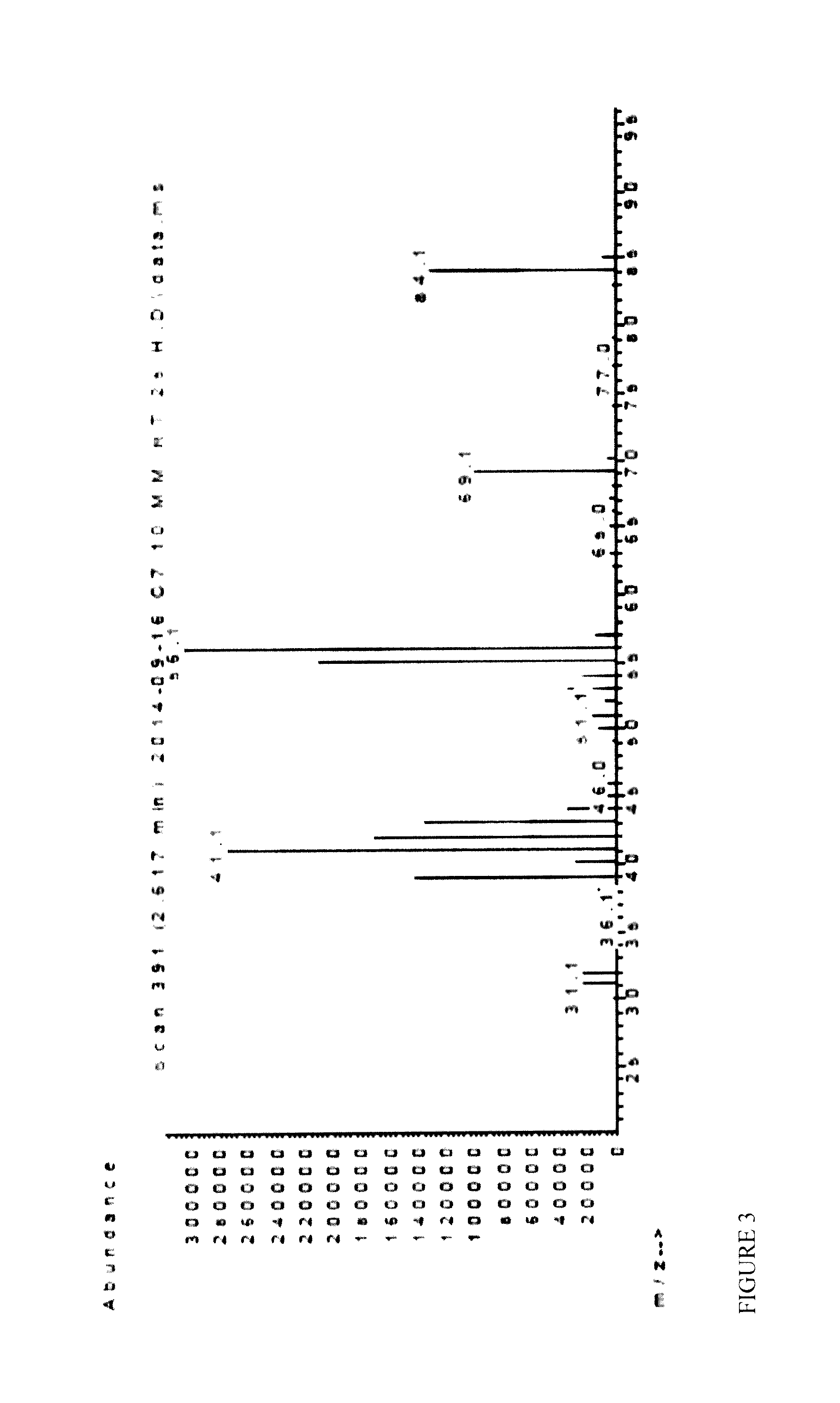Alkene production
a technology of alkene and fatty acid, applied in the field of alkene production, can solve the problems of high temperature, high cost, constant fluctuation of prices, etc., and achieve the effects of reducing the capacity reducing the activity of fatty acid degradation, and easy measurement of activity
- Summary
- Abstract
- Description
- Claims
- Application Information
AI Technical Summary
Benefits of technology
Problems solved by technology
Method used
Image
Examples
example 1
Cloning, Expression and Quantification of OleT
[0068]All chemicals were obtained from Sigma Aldrich. Spinach ferredoxin, spinach ferredoxin reductase, catalase from bovine liver, lysozyme, cytochrome c from bovine heart and glucose dehydrogenase (NADPH-dependent, clarify commercial source were obtained from Sigma Aldrich. Formate dehydrogenase (NADH-dependent) was obtained from Evocatal. Phosphite dehydrogenase (PDH) (Dudek, H. M., 2013) was prepared according) a standard protocol, the plasmid was obtained from M. Fraaije (Groningen).
[0069]OleT was ordered from Life Technologies as codon-optimized synthetic gene for optimal expression in E. coli. The synthetic construct was cloned via restriction / ligation (NdeI and XhoI) into the pET28a expression vector downstream (pET28a-OleT) of an N-terminal His6-tag prior to chemical transformation into E. coli Snuffle® T7 strain (New England Biolabs). Successful cloning was verified by colony PCR, restriction analysis and sequencing. Cells cont...
example 2
Conversion of FAs with the CamAB-OleT Redox Cascade and O2 as Oxidant
[0073]An optimized purification protocol allowed the improved production of OleT in active form (10-20 μM from 400 mL culture broth), avoiding protein precipitation during dialysis (ESI). Bacterial CamAB (putidaredoxin; class 1) was used as an electron transfer system (Koga H., 1989 and Roome P. W., 1983) (Scheme 1). Initial experiments confirmed that OleT can accept electrons from CamAB allowing the decarboxylation of stearic acid with O2 as sole oxidant, whereas control reactions did not lead to any product formation (Table 1). Further, lower CamAB concentration was found to be optimum for higher conversions. No formation of H2O2 (formed via reduction of O2) could be detected by using the highly sensitive HRP / ABTS assay (Sigma Aldrich) according to manufacturer's protocol after full oxidation of 1 mM NADH, further indicating a direct electron transfer from CamAB to OleT and ruling out potential inactivation of Ol...
example 3
Conversion of FAs with the CamAB-OleT Redox Cascade and NAD(P)H Regeneration System
[0074]The use of a glucose dehydrogenase (GDH)-based system provided a substantial increase in conversion (36% conversion with 1 mM stearic acid) and TIN (up to 389 with 10 mM stearic acid), with comparable conversions of both stearic and palmitic acid. After 24 h reaction time, product concentrations of 1.16 mM (0.27 g L-1) 1-heptadecene and 1 mM (0.21 g L-1) 1-pentadecene were obtained but could not be further enhanced. The inhibitory effect of gluconic acid, formed as side-produce from NAD(P)H regeneration by GDH and glucose, was therefore investigated and already a concentration of 10 mM was found to reduce OleT productivity significantly (28% reduction). Alternative systems based on phosphite dehydrogenase (PDH; NADPH-dependent) (Dudek, 2013 and Vrtis J. M., 2002) and formate dehydrogenase (EDIT; NADH-dependent)-based (Busto E., 2014) proved to be more efficient: 2.6 mM (0.62 g L-1) and 3.1 mM (0...
PUM
| Property | Measurement | Unit |
|---|---|---|
| Fraction | aaaaa | aaaaa |
| Temperature | aaaaa | aaaaa |
| Temperature | aaaaa | aaaaa |
Abstract
Description
Claims
Application Information
 Login to View More
Login to View More - R&D
- Intellectual Property
- Life Sciences
- Materials
- Tech Scout
- Unparalleled Data Quality
- Higher Quality Content
- 60% Fewer Hallucinations
Browse by: Latest US Patents, China's latest patents, Technical Efficacy Thesaurus, Application Domain, Technology Topic, Popular Technical Reports.
© 2025 PatSnap. All rights reserved.Legal|Privacy policy|Modern Slavery Act Transparency Statement|Sitemap|About US| Contact US: help@patsnap.com



